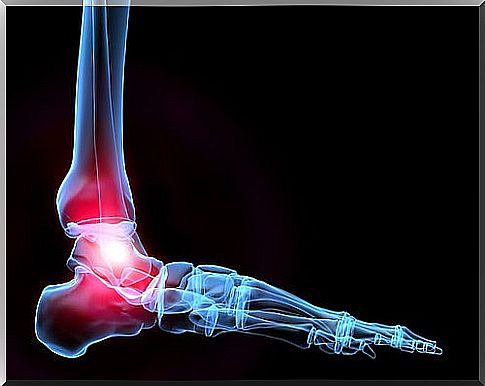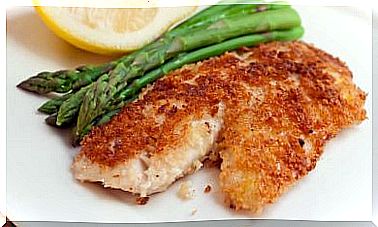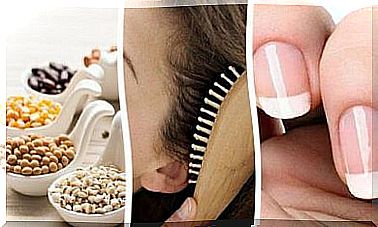Calcium-rich Non-dairy Foods
When we think about calcium, the image of milk, yogurt, cheese etc. automatically comes to mind. However, we don’t know that there are many more sources of this essential nutrient for our daily development. Find out, in this article, which non-dairy foods are rich in calcium.
Calcium for all tastes
The element is not only present in dairy products, this is certainly excellent news for vegans. But, in addition, also for those who have problems consuming milk, for example, or for those who are looking for an alternative beyond these products that come from cows or sheep.
The calcium-rich food groups are:
- Drinks and vegetable juices
- green leaf vegetables
- dried fruit
- Mineral water
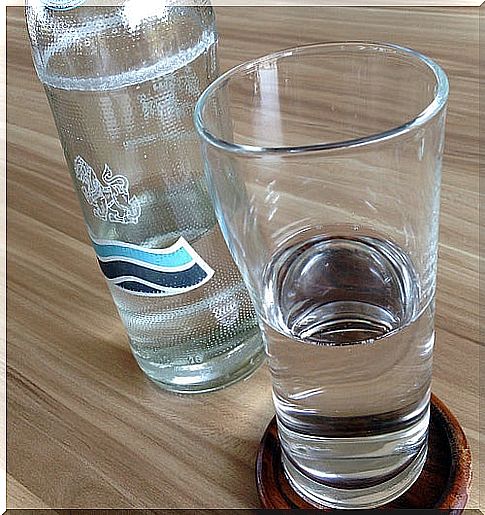
What are calcium-rich non-dairy foods?
green leaf plants
They are one of the most important sources of calcium that exists (much more than dairy), in particular, kale, which offers 135 mg of this mineral for every 100 grams of raw leaf.
In addition, it also contains provitamin A, vitamins K and C. It is considered a “super food”. Other good options in this group are, for example, chard and spinach.
It can be consumed cooked with other vegetables, such as pie fillings, pizzas, salads, cookies, etc.
Dry fruits
One of the best ones for calcium are almonds, which have 264 mg for every 100 grams. They also offer magnesium, vitamins E and B2 and manganese.
Serve to lower cholesterol. Other alternatives are Brazil nuts (160 mg for every 100 grams) and hazelnuts.
We can enjoy them as aperitifs or snacks (a handful between meals), to decorate as confectionery, such as vegetable milk.
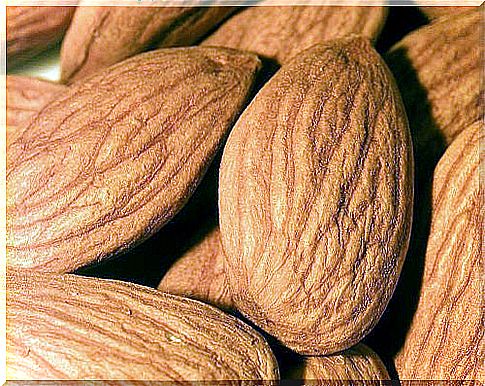
Dried Herbs
They are used in small amounts, but we have the habit of adding them to all the dishes we prepare, in addition to giving more flavor and aroma to the food, we will receive a good amount of calcium.
Some of them can be consumed as an infusion. The most recommended are dried thyme, dill, marjoram, sage, oregano, mint and dried basil.
sesame seeds
When toasted, they offer a large amount of this mineral. They can be used to make tahini, a typical cream in Arabic food. They offer us, in turn, vitamins B1 and B6, manganese, magnesium and copper. Sprinkle on salads, pies, breads and juices.
Flax seeds
They are similar to sesame with regard to the amount of calcium. The oil is anti-inflammatory and fights arteriosclerosis. You can make homemade linseed bread, for example, or sprinkle it on juices, shakes, pies, salads, sauces or creams.
Legumes
They are an excellent source of calcium (13% of its composition), especially white and black beans. They also have other properties such as balancing blood sugar and blood pressure. We cannot abuse them because they cause flatulence. Mix legumes with vegetables to prepare stews.
Dandelion
It is really beneficial for our body, diuretic and good for the liver, great antioxidant. The soft leaves can be cooked in salads, just like spinach. Provides more calcium than milk (187 mg for every 100 grams), you can also consume the boiled roots.
Orange
It is one of the few fruits that provides us with an interesting amount of calcium, 65 mg per unit. In addition, as everyone knows, it is rich in vitamin C. It is also consumed in shakes, fruit salads, pies and other desserts.
Quinoa and amaranth
They are known as “pseudo cereals” and should be included in vegetarian and vegan diets due to their high calcium intake. Amaranth, for example, is the most nutritious plant there is, with 18% calcium.
Mixing it with rice is advisable for those who do not drink milk. It can also be consumed as a soup or a vegetable stew.
Quinoa, in turn, has excellent properties for the body, it can be consumed with breadcrumbs, for pies, etc.
Eggshell
Since ancient times it is said that this part of the egg has a good amount of calcium and helps in its metabolism in the body. Wash the egg without breaking the shell, squeeze a lemon and drop the juice over it. Leave to act for 12 hours, remove the egg with a wooden spoon and drink the remaining liquid very slowly.
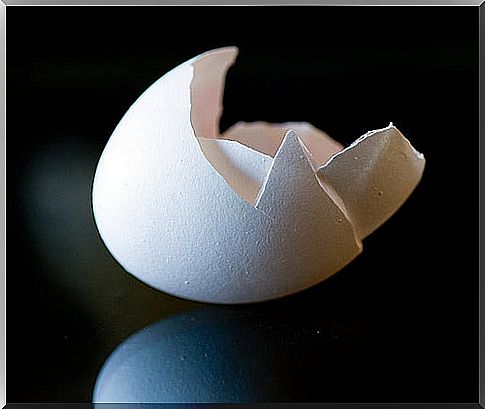
Unraveling Myths About Calcium
In popular belief, it is said that dairy is the food that contains the most calcium, that it is best absorbed by the body and that milk consumption is directly related to the prevention of osteoporosis. The truth about this is:
First, it is necessary to know that the food that provides us the most calcium is poppy seeds (with 1448 mg per 100 grams), followed by awake alga (1380).
Cow’s milk is only 120 mg, the same as yogurt. Other calcium-rich sources are kombu seaweed, sesame, soy, almonds and kale (over 150 mg).
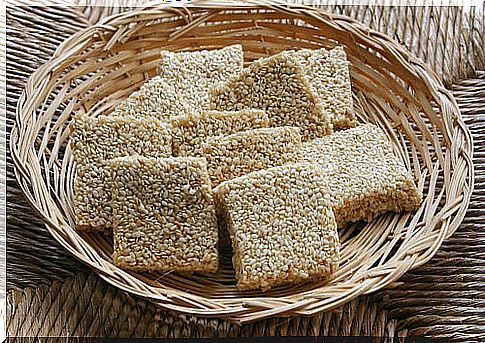
Secondly, it has been proven that the calcium that is best absorbed is that of algae, followed by green leafy vegetables, nuts, oil seeds, whole grains and vegetables. Then comes milk and its derivatives.
Finally, recent research has shown that, contrary to popular belief, milk can cause osteoporosis if consumed for a lifetime.
For example, in countries where this milk is consumed the most (Switzerland, Finland, Sweden and the Netherlands) there are more cases of this disease that attacks the bones. In nations where it is least consumed (Liberia, Cambodia, Ghana, Congo), osteoporosis is very rare to find.
